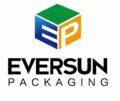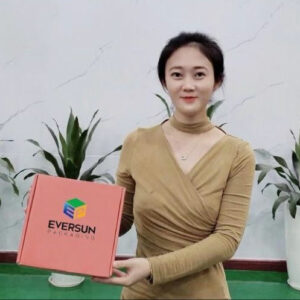Corrugated boxes, also known as cardboard boxes, are commonly used for packaging and shipping due to their strength and versatility. They are manufactured through a series of processes involving various materials and machines. Here’s an overview of how corrugated boxes are typically manufactured:
Raw Materials
- Linerboard: The outer and inner layers of a corrugated box are made from linerboard. These sheets are usually made of Kraft paper, which is sturdy and brown.
- Flute: The middle layer, which provides the box’s strength, is made from corrugated medium. This is the part that gives the box its characteristic wavy appearance.
- Adhesives: Starch-based adhesive is commonly used to bond the layers together.
Corrugating
a. Corrugating Medium: The corrugated medium is fed into a corrugator machine, where it passes through a series of heated rollers with ridges and valleys, creating the wavy shape or “flutes.”
b. Gluing: The adhesive is applied to one side of the corrugated medium.
Single Facer
The linerboard is combined with the corrugated medium in a single facer machine. The adhesive side of the corrugated medium is attached to the linerboard, creating a single-ply corrugated board.
Double Facer
In this step, the single-ply corrugated board is combined with another layer of linerboard, resulting in a double-ply corrugated board. The layers are bonded together with adhesive.
Cutting and Creasing
The double-ply corrugated board is cut and creased into flat sheets of the desired dimensions using cutting and creasing machines. The creases enable the box to be folded easily into its final shape
Printing (optional)
If a design or labeling is required on the box, a printing process can be employed at this stage. Printing can be done using flexographic or lithographic methods.
Slotting and Die Cutting
Slotting and die-cutting machines are used to create slots and cut out any required shapes or windows in the corrugated board.
Folding and Gluing
The flat corrugated sheets are folded along the creases to form the box’s structure. Adhesive is applied to the necessary areas to seal the box, and the edges are pressed together.
Quality Control
The finished corrugated boxes undergo quality checks to ensure they meet the required specifications and standards. This includes assessing the dimensions, printing quality, and structural integrity
Bundling and Shipping
The manufactured corrugated boxes are bundled together in stacks and prepared for shipping to customers.
Corrugated boxes are available in various sizes and strengths, making them suitable for a wide range of packaging and shipping needs. The manufacturing process can vary in complexity depending on the specific requirements of the boxes and the capabilities of the production facility.

